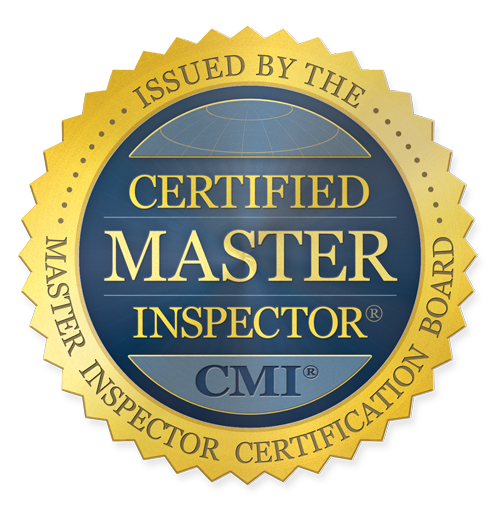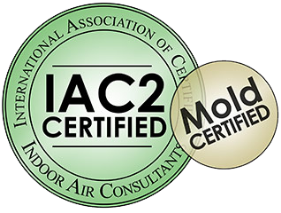Here’s what your inspector must look at during a wind mitigation inspection, which can be done as a stand-alone inspection or generated from a full home inspection.
The Year The House Was Built
Your inspector will first note the age of the home. This determines whether it was constructed to comply with the latest Florida building codes. Homes built after 2001 are required to meet stricter standards, especially regarding wind mitigation.
The Age Of The Roof
Your inspector will determine the roof’s age based on the materials and condition. The roof’s age matters more than ever because many Florida homeowner’s insurance companies no longer insure homes with roofs that are 15 years old or older. If they are willing to insure the home, you’ll pay top premium prices in exchange for the risk they’re taking.
The Roof-Deck Attachment
Properly installed attachments that secure a roof to the deck go a long way toward preventing a roof (or a section of a roof) from shearing off during high winds or significant storm conditions. Since roof-deck attachments vary in design/durability, we base our findings on the weakest of the attachments as these are the most vulnerable.
The Roof-Wall Connection
Similarly, the inspector determines how the roof is connected to the walls of the home. The most common roof-wall connections are toe nails, clips, single wraps, and double wraps. Like the roof-deck attachments, some of these are sturdier than others, and this affects the final report.
Double wraps save you the most money, while nails leave you vulnerable and are the least likely to save money on insurance premiums.
Roof Shape and Slope
The roof shape and slope are two of the most important aspects of a home regarding wind mitigation. During the inspection, your inspector will classify your roof as one of the following:
- Hip Roof: All sides slope down towards the walls.
- Flat Roof: The slope is less than 2/12 for 90% or more of the roof.
- Other Roof: A roof that doesn’t qualify as one of the above.
A hip roof will save you the most money. Flat roofs are some of the most vulnerable during a storm and the most likely to have leaks. Some roof styles are viewed less favorably and can actually exacerbate damage during a windstorm.
Depending on the age and roof design, you may find that replacing your roof is the smartest option for both short and long-term benefits.
Secondary Water Barriers
We’ll look underneath your roof for a secondary water barrier, which provides an additional layer of protection from water leaks. These secondary water barriers are uncommon in older homes but should be present on roofs built after their adoption into the Florida building code back in 2007.
Protection For Doors And Windows
Doors (including garage doors) and windows are another vulnerable area of the home’s envelope during a storm. Our inspectors make note of any opening protection. This takes into account:
- Windows
- Entry doors
- Skylights/solar tubes
- Garage doors
- Glass blocks
This is also another category where only the weakest item counts, so if you’re considering installing opening protection for wind mitigation credit purposes you’ll need to install it everywhere there’s a qualifying penetration.
SIP Provides Wind Mitigation Reports in 24 Hours or Less
The more wind-mitigating features your home has, the more you’ll save on homeowner’s insurance and the safer your structure will be. Our report can’t be used to penalize you. Our findings can only save you money OR indicate which areas require improvements to qualify for more affordable insurance rates. In many cases, wind mitigation inspections end up paying for themselves and then some.
Looking for a qualified home inspector in Central Florida? Contact us today at Super Inspection Pros for more information about our home inspection process or to schedule an inspection.

